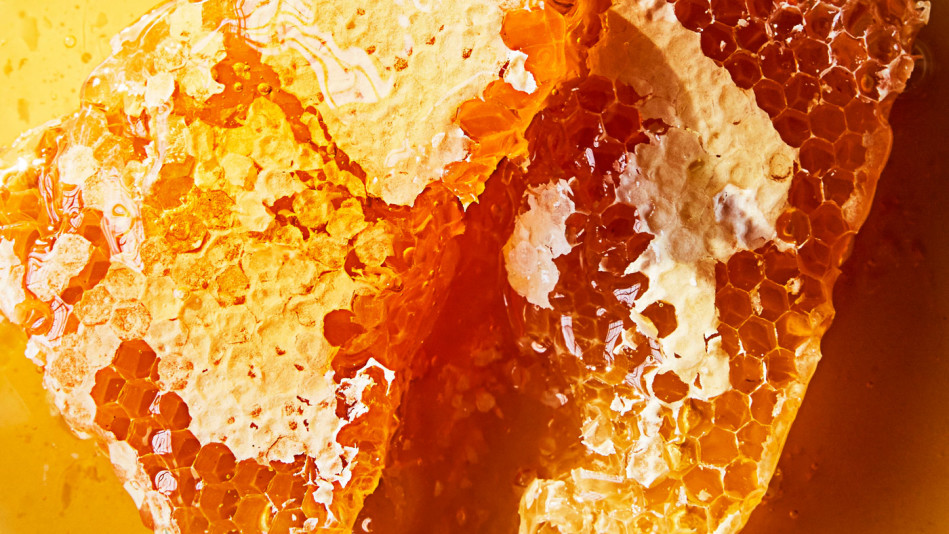The Magical Kitchen Ingredient You're Probably Not Using Enough

Photo: Gentl & Hyers
Why We Love It
You know all about the golden nectar's sugary side—not to mention its intriguing depth of flavor, glorious oozing texture and throat-coating magic—but when honey is used in savory dishes, its sweetness often serves to balance a dish's umami, spiciness, saltiness or richness. In other words, this not-so-simple syrup is a culinary powerhouse, whether it's a supporting player or the star of the show.
Good-quality honey crystallizes. Honey that doesn't may have been cut with high-fructose corn syrup or ultrafiltered to remove pollen—so don't fear chunks. If you're bothered by them, put the jar (glass only) of honey in a pot of near-boiling water, and let the crystals melt.
People say honey never spoils, but that's not true—let it sit too long, and its flavor will suffer. Beekeeper Carla Marina Marchese suggests enjoying it within a year and a half. And take care not to let water drip from your teaspoon into a jar of the unpasteurized stuff, unless you like your honey fermented.
Honey should be stored at room temperature. And ideally it should be kept in glass, not plastic, says Marchese; plastic can leach into the honey, warping its flavor over time.
Baffled by all the options? (There are more than 300 honeys for sale in the U.S.) Light-colored honey tastes milder, while darker varieties are bolder. Blueberry, from the berry bush's flowers, is great for baking; buckwheat is full flavored; orange blossom tastes faintly citrusy and since wild flower honey comes from a blend of blooms, its depth and body can vary greatly.
Want more stories like this delivered to your inbox? Sign up for the Oprah.com Food Newsletter!
You know all about the golden nectar's sugary side—not to mention its intriguing depth of flavor, glorious oozing texture and throat-coating magic—but when honey is used in savory dishes, its sweetness often serves to balance a dish's umami, spiciness, saltiness or richness. In other words, this not-so-simple syrup is a culinary powerhouse, whether it's a supporting player or the star of the show.
Good-quality honey crystallizes. Honey that doesn't may have been cut with high-fructose corn syrup or ultrafiltered to remove pollen—so don't fear chunks. If you're bothered by them, put the jar (glass only) of honey in a pot of near-boiling water, and let the crystals melt.
People say honey never spoils, but that's not true—let it sit too long, and its flavor will suffer. Beekeeper Carla Marina Marchese suggests enjoying it within a year and a half. And take care not to let water drip from your teaspoon into a jar of the unpasteurized stuff, unless you like your honey fermented.
Honey should be stored at room temperature. And ideally it should be kept in glass, not plastic, says Marchese; plastic can leach into the honey, warping its flavor over time.
Baffled by all the options? (There are more than 300 honeys for sale in the U.S.) Light-colored honey tastes milder, while darker varieties are bolder. Blueberry, from the berry bush's flowers, is great for baking; buckwheat is full flavored; orange blossom tastes faintly citrusy and since wild flower honey comes from a blend of blooms, its depth and body can vary greatly.
Want more stories like this delivered to your inbox? Sign up for the Oprah.com Food Newsletter!



